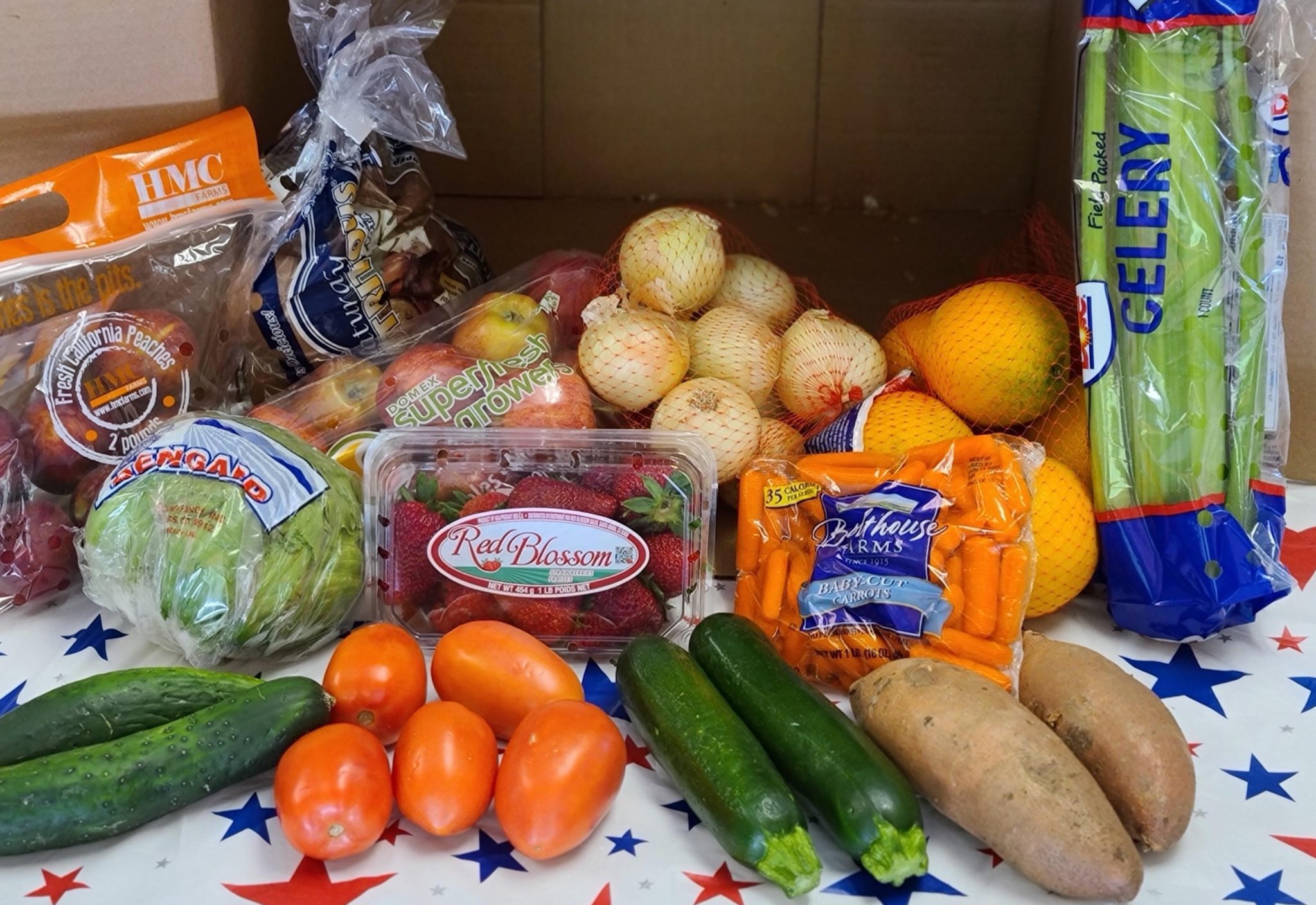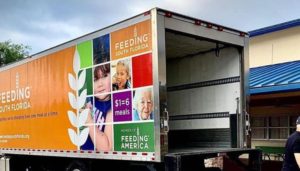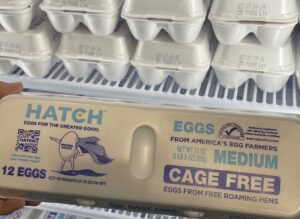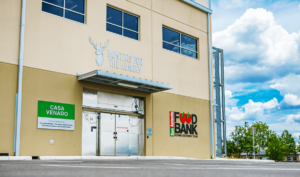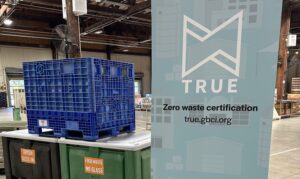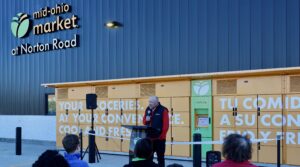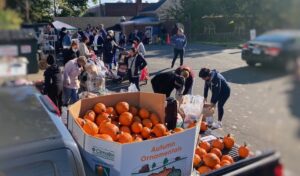It’s fair to say that food banks loved the fresh produce they received from the Farmers to Families Food Box program, but they did not like the way it was distributed.
As that program comes to a close, the new program set to take its place starting in May hits more of the right notes by keeping the produce boxes, but requiring suppliers to distribute them through the USDA’s Emergency Food Assistance Program.
TEFAP, designed to deliver commodity food to hunger relief organizations, is one of the smallest of all the USDA nutrition programs, accounting for $771 million of USDA spending in FY 2020, compared to $79 billion for SNAP. But its star is rising as a fix to some of the flaws of the original food box program.

“It’s what we had advocated for with the new administration,” said Celia Cole, CEO of Feeding Texas. “For them to take funding for the box and put it into existing distribution channels.”
Relying on TEFAP as a distribution arm appears to be a no-brainer for a number of reasons. First, pantries and agencies that are part of TEFAP are qualified and vetted by the USDA, ensuring that they have adequate storage, refrigeration and manpower to handle the truckloads of food likely to show up at their doorstep under the program.
“By going through TEFAP, we know the food is only going to organizations that hold a TEFAP contract,” said Michael P. Miller, President and CEO of River Bend Food Bank. “We know they have the capacity to do what needs to be done.”
In contrast, under Trump’s Farmers to Families program, distributors were able to choose their recipient agencies, sometimes leading to egregious shortcomings. Miller said he personally witnessed truckloads of meat, dairy and protein idling in parking lots at agencies that had no capacity to refrigerate or distribute the food.
Going through TEFAP will also add more clarity around who has responsibility for the very last part of the delivery process. In theory, the Farmers to Families program was a “truck to trunk” program in which pre-packed boxes went directly from distributors’ trucks into waiting cars.

In practice, the contracts did not specify exactly what was required of distributors at the tail end of the delivery, and food banks often faced extra expenses related to accepting, storing and transporting the food to places where clients could pick it up. Food Bank for the Rockies, for example, noted spending an additional $40,000 a month on rental vehicles, fuel and temporary drivers to handle those “last-mile” delivery costs.
TEFAP in contrast makes administrative dollars available that potentially can be used to help with distribution. “We can count on those dollars to help distribute food so we’re not negotiating those last mile costs separately with private companies,” Cole said.
Finally, working through TEFAP will address what Cole saw as the greatest flaw of the Farmers to Families program — its failure to get food to those with the highest need. Because distributors were allowed to choose where to drop off the food, they sometimes prioritized less needy areas.
The network of TEFAP agencies is designed to be comprehensive, making it more likely that food will get to hard-to-reach areas. “We want to make sure we’re not working only in counties where it’s easiest to meet the need,” she said.
In addition to making fresh produce boxes available through TEFAP, the USDA is launching a $400 million program to support donations of dairy products to food banks. Taken together, the additions represent an upgrade to TEFAP. “It’s not like we’ve never seen perishable food before through TEFAP, but so much fresh produce and a regular supply of dairy is new,” Cole said.
Miller said that he hopes this next iteration of TEFAP will come with additional funding as well. Currently, fresh produce represents another offering that food banks can choose to purchase with their regular TEFAP dollars, he said.
As it happens, having that extra choice is handy because of bulk-food shortages in so many other areas of TEFAP purchasing at the moment. “It’s another option to use up dollars that we’re having trouble spending because of supply chain issues,” Miller said.
Despite the many flaws of the Farmers to Families program, food bankers acknowledge it was critical to meeting crisis-level need during the pandemic. They also were generally effusive in their praise for the high quality of the produce (especially in early rounds of the program).
Combining the positive aspects of the original program with the breadth and efficiency of the TEFAP distribution network should provide “the best of both worlds,” said Agriculture Secretary Tom Vilsack in a House hearing last week.
Cole signaled her agreement. “Having that same awesome product coming through TEFAP is going to make the logistics a whole lot easier,” she said. — Chris Costanzo
Like what you’re reading?
Support Food Bank NewsConnect with Us:
